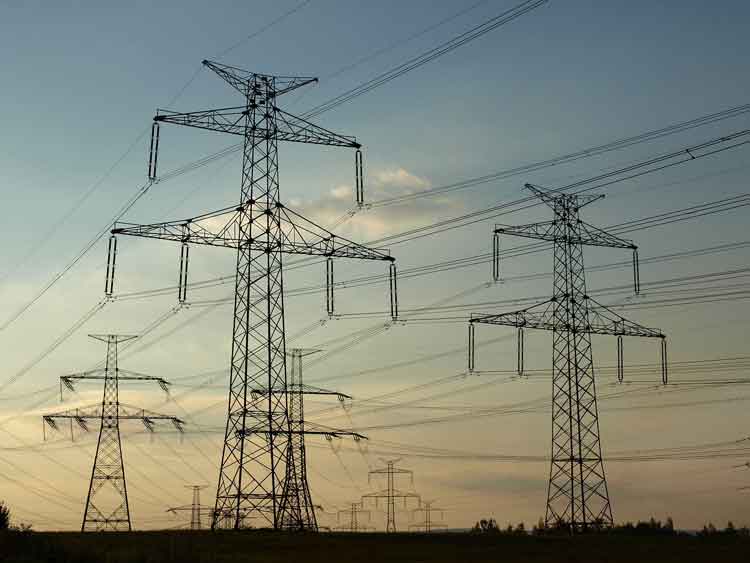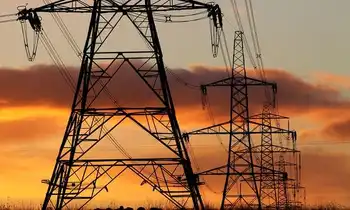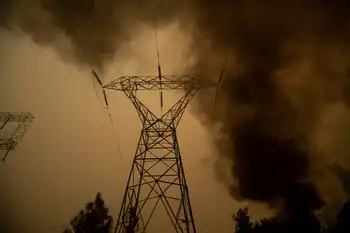Bankruptcy Judge Approves PG&E's Plan
SAN FRANCISCO -- - A federal bankruptcy judge approved California's multibillion dollar bailout of Pacific Gas and Electric Monday, clearing the way for state's largest power utility to complete a dramatic reversal of fortune.
U.S. Bankruptcy Judge Dennis Montali confirmed PG&E's reorganization plan after several hours of legal wrangling over mostly administrative matters.
The order signed recently adopts all the key elements of a settlement approved by the California Public Utilities Commission last week in a contentious 3-2 vote.
Montali carefully weighed the final wording of his order before signing off on the deal. The meticulous approach reflected his expectation that the plan will face legal appeals from critics who deride the bailout as a sweetheart deal for PG&E. Montali set a Jan. 2 deadline for appeals.
Despite the prospect of more court battles, this decision marked an important milestone for PG&E, which plunged into bankruptcy in April 2001 after running out of money to pay for its soaring electricity costs during a California power crisis that lasted for more than a year.
PG&E's collapse represented the biggest utility bankruptcy in U.S. history. The San Francisco-based utility now expects to emerge from bankruptcy before April 2004.
PG&E has recovered much of its financial strength during its bankruptcy, helping to make its holding company worth more than it was before California's power crisis began in May 2000. PG&E Corp.'s shares gained 11 cents Monday to close at $27.35 on the New York Stock Exchange.
The holding company's stock has appreciated by 5 percent, or $1.41, since April 2000. The bellwether Standard & Poor's 500 index has declined by 25 percent during the same period.
After losing $3.4 billion in 2000, PG&E Corp. has bounced back strongly, despite the bankruptcies of its utility and an unregulated energy trading subsidiary. The utility earned $4.8 billion on revenue of $27.2 billion during its first 31 months in bankruptcy, according to its most recent financial disclosures.
PG&E has fared so well that 17 current and former executives are about to qualify for bonuses worth a combined $83 million. The company is reviewing whether it's appropriate to award so much money as the utility prepares to end a nearly three-year stint in bankruptcy.
The reorganization is supposed to lower the utility's electricity rates next year by at least $670 million, or about 7 percent. But the deal also locks in artificially high retail prices through 2012 to ensure PG&E maintains healthy profit margins and a blue-chip credit rating.
The surcharge is expected to cost the utility's 4.8 million customers between $6.2 billion and $8.2 billion, with most of the costs to come during the next nine years. The anticipated bill translates into an average of $1,300 to $1,700 per customer.
PG&E spent much of the final hearing urging Montali to set aside the misgivings of the bailout's critics and sign off on the deal. The utility said it wanted to avoid further delays so it can take advantage of currently low interest rates to raise part of the money it needs to repay roughly $12 billion in debts.
PG&E may issue up to $8.7 billion in bonds, said James Lopes, an attorney for the utility.
Before issuing the bonds, PG&E expects to regain its blue-chip credit rating, a goal that helped persuade state regulators to approve the bailout.
Three PUC board members -- Michael Peevey, Susan Kennedy and Geoffrey Brown -- believe restoring PG&E's financial health will make it easier for the utility to build more power plants and make other improvements to assure the state avoids power shortages in the future.
But two other PUC board members -- Loretta Lynch and Carl Wood -- say the bailout will reward PG&E for going bankrupt and undercut the future authority of the state's energy regulators.
Lynch, one of the bailout's most strident critics, appeared in bankruptcy court late in the day in an unsuccessful 11th hour attempt to persuade Montali to allow more time to analyze the deal.
Related News

How Ukraine Will Keep the Lights On This Winter
KYIV - As Ukraine braces for the winter months, the question of how the country will keep the lights on has become a pressing concern. The ongoing war with Russia has severely disrupted Ukraine's energy infrastructure, leading to widespread damage to power plants, transmission lines, and other critical energy facilities. Despite these challenges, Ukraine has been working tirelessly to maintain its energy supply during the cold winter months, which are essential not only for heating but also for the functioning of homes, businesses, hospitals, and schools. Here's a closer look at the steps Ukraine is taking to keep the lights…




